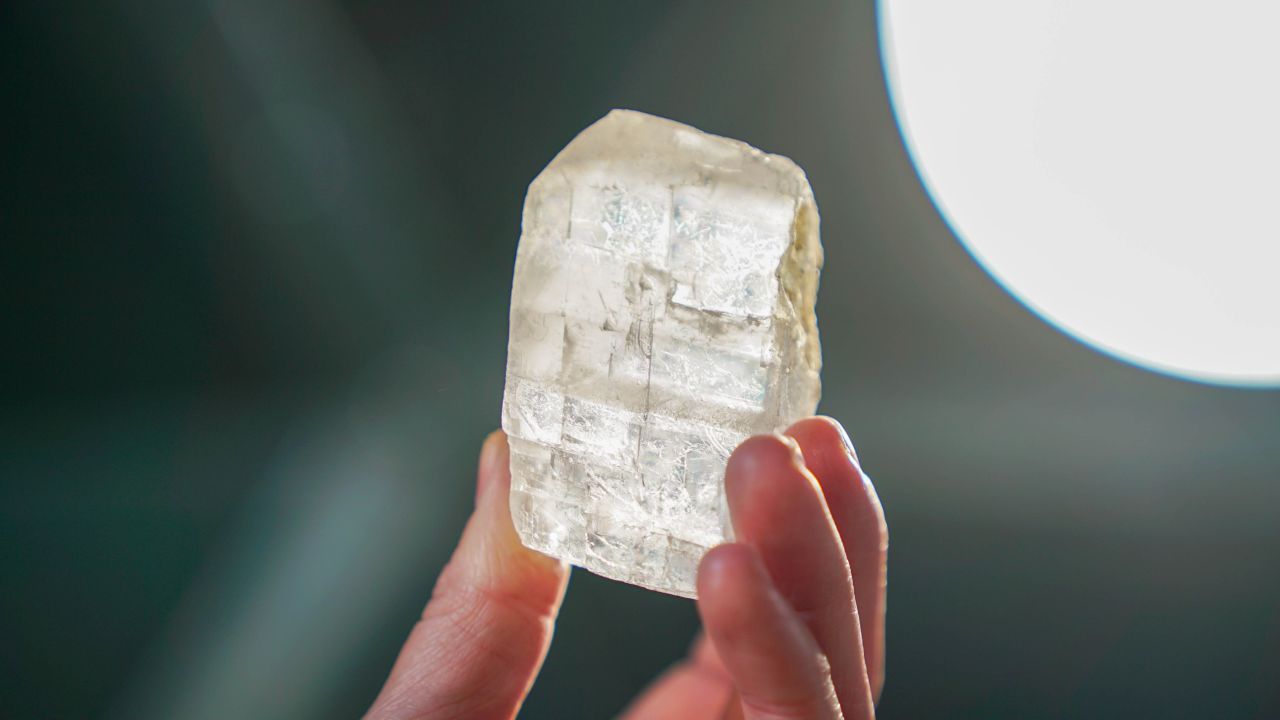The Biden administration on Friday announced its first major investment to kickstart the US carbon removal industry – something energy experts say is key to getting the country’s planet-warming emissions under control.
Direct air capture removal projects are akin to huge vacuum cleaners sucking carbon dioxide out of the air, using chemicals to remove the greenhouse gas. Once removed, CO2 gets stored underground, or is used in industrial materials like cement. On Friday, the US Department of Energy announced it is spending $1.2 billion to fund two new demonstration projects in Texas and Louisiana – the South Texas Direct Air Capture hub and Project Cypress in Louisiana.
“These two projects are going to build these regional direct air capture hubs,” US Energy Secretary Jennifer Granholm told reporters. “That means they’re going to link everything from capture to processing to deep underground storage, all in one seamless process.”
Granholm said the projects are expected to remove more than 2 million metric tons of carbon dioxide from the air annually once they are up and running – the equivalent of removing nearly 500,000 gas cars off the road.
The machines are being built to essentially supercharge the natural carbon removal already done by trees, bogs and oceans – which is not happening fast enough to capture fossil fuel emissions at the scale humans are emitting them.
White House senior adviser Mitch Landrieu told reporters these will be the first direct air capture projects at this scale in the US and “will be the largest in the world.”
Another project in Iceland that opened in 2021 removes about 10 metric tons of CO2 every day, roughly the same amount of carbon emitted by 800 cars a day. At the time, that project’s operator Climeworks said it was the largest one in the world.
The US direct air capture projects alone could increase global capacity for the technology by 400 times, said Sasha Stashwick, policy director at Carbon180 – an independent nonprofit focused on carbon removal.
“The industry’s very nascent at the moment,” Stashwick told CNN. “These are meant to be the first commercial-scale deployments at the mega-ton scale. It’s a very, very big deal.”
Though it’s not yet clear what the hubs will ultimately do with the carbon once its extracted, Department of Energy officials said neither hub will use captured CO2 for enhanced oil recovery – a method where carbon is injected into the ground to release more oil.
Stashwick said it’s important this is followed, and that Carbon180 has been advocating for carbon to be safely and permanently stored underground or used in building materials like cement.
“We think it’s really critical for public acceptance,” Stashwick said. “This is really the debut of the direct air capture industry in the US. It’s going to be many people’s first introduction to technological carbon removal.”
Another issue is how hubs are powered to ensure carbon removal isn’t adding more emissions to the atmosphere. Representatives from Battelle, the owner of the Louisiana project, said they would be powering the hub with clean energy bought from the local utility, but have plans to power facilities with renewable energy in the future.

